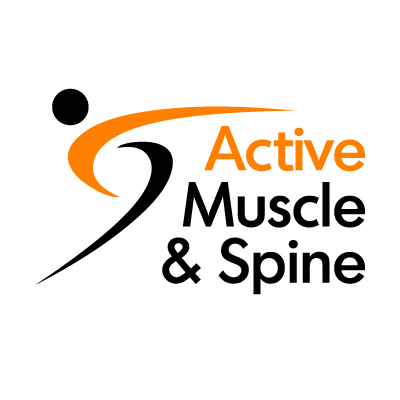Experience the latest in carpal tunnel treatment innovation
We have extensive experience in carpal tunnel treatment and repetitive strain injuries (RSI) for wrist, hand, thumb, and finger pain. If you use a computer or are in a job where you use your hands a lot, you may find yourself experiencing carpal tunnel syndrome at some point in your life.
Your carpal tunnel is a channel located on the underside of your wrist. Your carpal tunnel encloses tendons used to move your wrist and fingers. Since many tendons run through your carpal tunnel, any internal inflammation may cause a squeezing of the large median nerve. This leads to carpal tunnel syndrome.
Hand therapy for carpal tunnel tends to start with conservative to more invasive treatment like cortisone injections and surgery.
However, we have natural, non-invasive carpel tunnel treatments that have helped clients for almost 2 decades in our Sydney CBD clinic.





